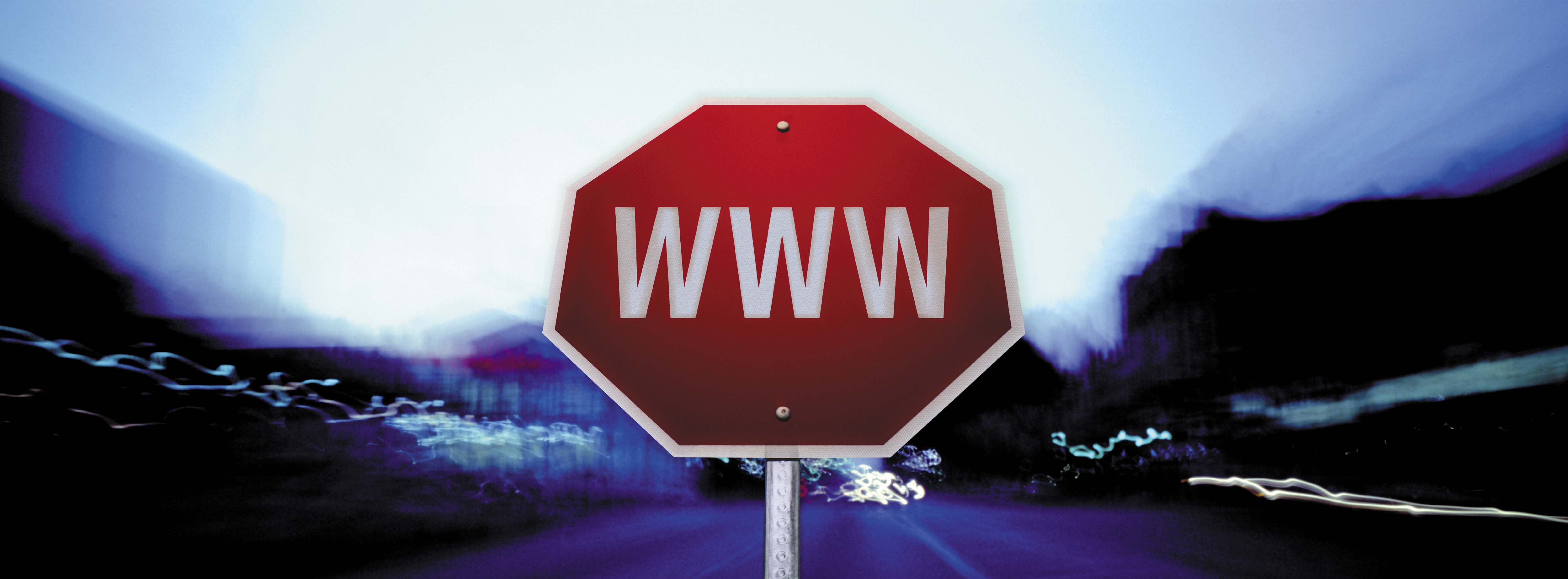Network storage – A place for everything

The home networking market is entering a phase of slowing growth, according to market research firm ABI Research.
Many consumers have already purchased a home networking device. And factors including price pressure and a lack of strong consumer demand for upgrading to newer technologies are playing a role in diminished growth.
ADVERTISEMENT
However, one category that will have continued growth through the next five years is network storage.
ABI Research estimates the sector, now at just under US$400 million ($416 million) worldwide, will grow to just over US$1.4 billion ($1.45 billion) by 2013.
According to industry analyst IDC, the digital universe will expand 600% to 988 exabytes by 2010 at a compound annual growth rate of 57%.
Nearly 70% of that data will be user-generated content, half of which will be online, marking a dramatic shift in how consumers use the Internet – and how businesses must support this explosive data growth.
In the home, gigabyte-capacity media centres will become obsolete and make way for terabyte (TB) and possibly even petabyte (PB) alternatives.
The popularity of peer-to-peer sharing and content downloading means that content will have to be easily stored and readily accessible for the industry to survive.
“ABI Research believes network storage will experience more consumer demand in coming years,” research director Michael Wolf says.
“But we don’t expect consumer network storage to have the same overall market demand as we’ve seen in the home router and gateway market.
“That being said, we think overall adoption of consumer network storage will grow substantially from the 10% of home network owners who now use network-attached storage.”
Network storage among consumers is predicted to grow at 26% annually over the next five years, but there are still hurdles for this newer technology. It will have to compete with readily available low-cost USB hard drives and the increasing number of options for online digital storage, or ‘cloud’ storage, on the Internet.
Cloud storage is networked data storage on multiple virtual servers, generally hosted by third parties, rather than being hosted on dedicated servers. It may even span multiple servers.
“More and more consumers will see a need for both back-up and central storage of digital files,” Michael says.
“Cloud storage services offer a good way for consumers to access content remotely, but there is no beating the speed of local network storage. Ultimately, consumers will choose a mix of online and locally based network storage.”
In some services, such as Nirvanix, the system can span multiple data centres, or even continents.
Nirvanix has built a global cluster of storage nodes collectively referred to as the Storage Delivery Network (SDN), powered by the Nirvanix Internet Media File System (IMFS).
By using the SDN, as opposed to adding network storage systems or using first-generation online storage platforms, users experience reduced costs and better flexibility and control for their operations.
“The shift from a desktop-centric application world to an Internet-centric world dictates the creation of a new, massively scalable storage platform,” Nirvanix chief executive Patrick Harr says.
“Our proprietary media clustered file system, available through the storage delivery service, scales to support the exabytes of media content that will be created, shared and hosted online by hundreds of millions of users over the next decade.”
The SDN can store up to one pentillion files (one followed by 18 zeros). A pentillion would be equal to 150 million files for every man, woman and child on the planet.
Currently there is an almost total dependency on DVDs for backing up movies and music, but the limits of disc technology are unknown. After all, DVDs were released only 15 years ago (12 years ago in their current form).
Commercial DVDs are expected to last more than 50 years, assuming they are pressed correctly on good-quality media and stored in a cool, dark, dry place. DVDs burned as back-ups, on the other hand, could last anywhere from 20 to 200 years.
Nobody knows for sure what will happen after this used-by date, making digital storage an important option for the future of home entertainment.
Justin Kern is the director of JFK Audio and media centre manufacturer Claritas. He says as long as people want to store what they are downloading, physical storage capacities must continue to grow.
“Backing up a standard DVD today uses 3GB to 8GB. In future people will want to back up Blu-ray discs and, if the files are uncompressed, they will need a lot more room.
“However, at the moment, Windows Vista can’t support more than 2TB in a boot-up drive. People have to rely on external drives or online storage for additional space.”
Featuring a 12.1” touch screen supporting 1920 x 1080 resolution, the Claritas Elite MC21.1 media server is expandable up to 5TB hard-disk storage internally or 4TB when configured in Raid 5. Raid offers much better data redundancy.
Measuring 435mm (W) x 220mm (H) x 390mm (D), the system features a Microsoft Windows XP Media Centre Edition 2005 or Microsoft Vista Home Premium Edition operating system.
The Claritas Elite MC21.1 media server also features optical digital, component and S-video via supplied adapter and DVI (HDCP) outputs. HDMI can be used with an adapter without audio, and Intel high-definition 7.1 audio with Dolby Master Studio.
“The technology for increased storage capacities is already available, it just isn’t fast enough, yet,” Justin says.
-
ADVERTISEMENT
-
ADVERTISEMENT

